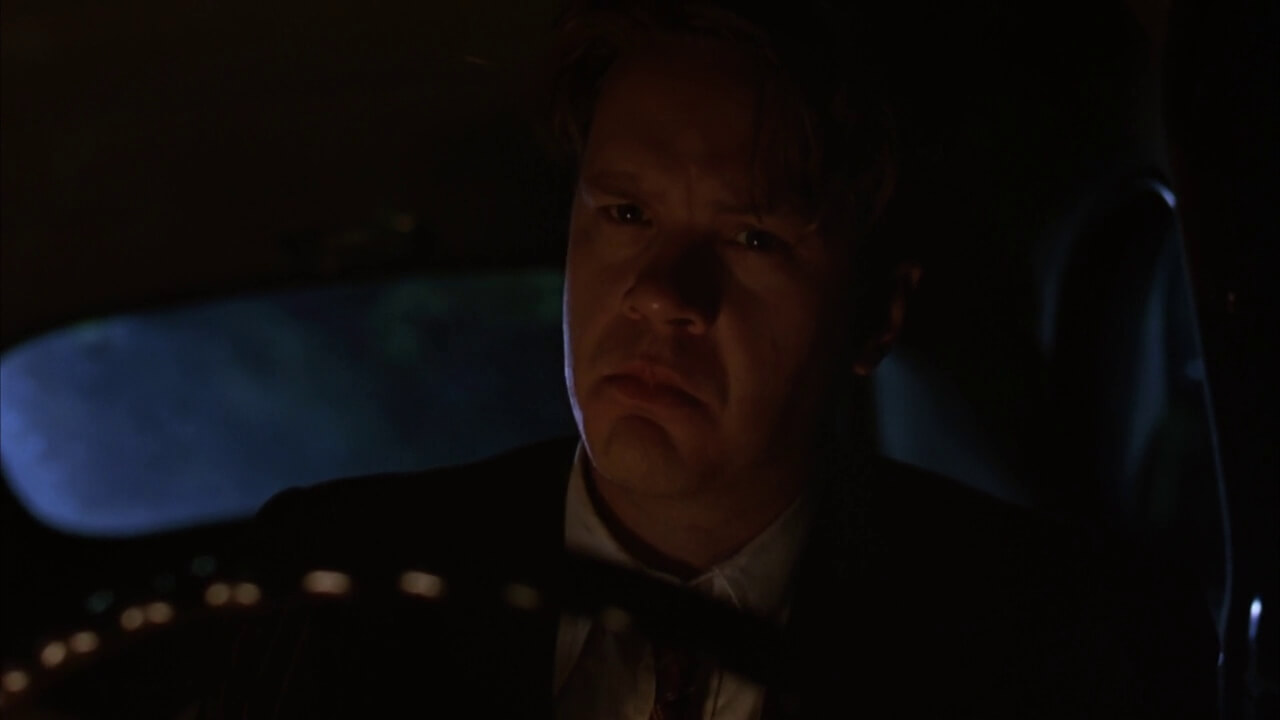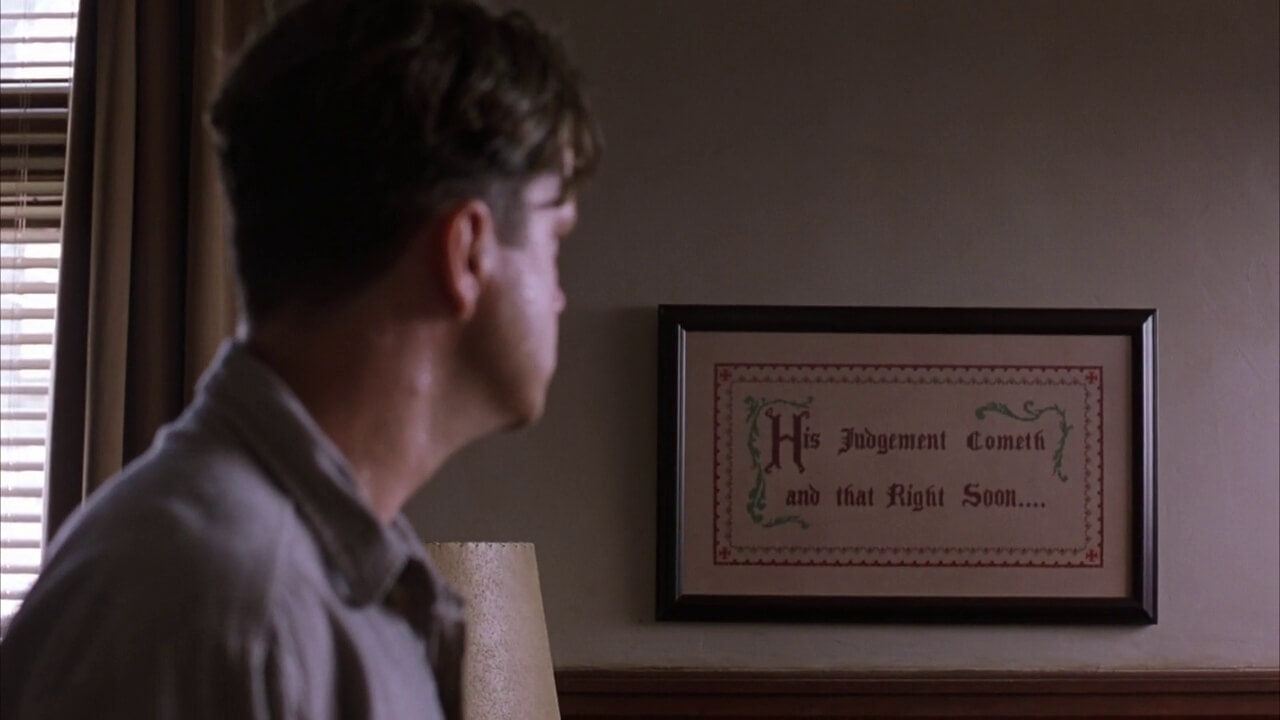When we talk about storytelling, we often refer to it as a craft. Beyond the characters and worlds storytellers create, they must also craft an engaging plot. This is what carries us through great movies, books, and plays. And the only way to craft a great plot is to understand its building blocks — plot points.
What is a Plot Point in Storytelling?
First, let’s define a plot point
How do plot points lay the groundwork for a great narrative? A story can be told in various ways. This variety comes from how we create and arrange the plot points of a narrative.
PLOT POINT DEFINITION
What is a plot point in storytelling?
Plot points are significant events within a narrative that turn the story in a new direction and propel it toward the conclusion. They are critical moments that move the story forward, creating tension and intrigue, and driving character development.
Different story structures have different numbers of plot points, but the most commonly accepted model involves three acts with two major plot points in each act, totaling six overall.
These significant events can be major turning points or small shifts in the story, but they are all essential to keep the plot moving and to maintain the audience's interest.
What is a Plot Point Used For?
- Advancing the Plot
- Developing Characters
- Creating Conflict
- Building Suspense
What is a Plot Point Used For?
Importance of Plot Points in a Story
Plot points serve as anchor points for a story, providing structure and clarity to its overall arc. They help establish a sense of direction and purpose for both the characters and the audience. Let's look at some of the reasons plot points are foundational to a narrative.
Advancing the Plot
Remember, plot points are those crucial moments that drive the story forward. They add tension and suspense, keeping the audience captivated and craving to know what comes next. Without these events, a story can feel stagnant and lose its momentum.
To use video games as a metaphor, plot points create checkpoints for a character from which they cannot go back. For example, take a look at the structure of Dan Harmon's Story Circle. Each plot point is focused on advancing the plot, moving us further along through the story.
Dan Harmon Story Circle • Subscribe on YouTube
Developing Characters
Plot points also play a crucial role in developing characters. These significant events put characters in challenging or new situations, forcing them to make decisions and take action. These actions reveal their true nature, motivations, and flaws, providing depth and complexity to the characters.
In this video analysis, we take a look at how to craft a powerful act by putting characters through specific decisions where their actions reveal who they are and cause them to grow. These points where these characters must decide and therefore reveal themself are important plot points.
How to Write a Character Arc • Subscribe on YouTube
Creating Conflict
In storytelling, conflict is essential as it drives the plot and creates tension. Plot points often introduce conflicts that need to be resolved by the end of the story. Whether it's a physical battle or a personal struggle, these conflicts add depth and excitement to the narrative.
Building Suspense
Plot points also aid in building suspense. By introducing unexpected events or twists, they keep the audience on the edge of their seats, eagerly anticipating what will happen next. This anticipation and uncertainty make for a compelling and engaging story.
In Before Sunset, the second film in the Before Trilogy, Richard Linklater has a less conventional approach to story structure. It revolves around thought-provoking dramatic questions that captivate the audience and drive the plot forward through anticipation and suspense of what the characters will decide to do.
This analysis by Lessons from the Screenplay breaks down the plot structure and the way Richard Linklater, Julie Delpy, and Ethan Hawke arranged the story’s plot points.
The Hidden Structure of Before Sunset
In our many screenplay analyses, we take a look at the various plot points that occur in a story’s structure. They are the blueprint of a great narrative. Let’s further break down the importance of plot points in screenwriting through a film case study.
Related Posts
Plot Point Examples
Case Study: Shawshank Redemption
The Shawshank Redemption is a cinematic masterpiece that effortlessly illustrates the three-act structure. Let's use the film as a case study to see how its plot points carry us through the story and narrative structure.
Inciting Incident
Act One, or the Setup, begins with an inciting incident that sets the gears of our story in motion. In The Shawshank Redemption, the inciting incident occurs when Andy Dufresne is convicted for the murder of his wife and her lover, and sentenced to two life terms at Shawshank Prison.

Shawshank Redemption • Inciting Incident
First Plot Point
The first major plot point takes place when Andy approaches Red, seeking to procure a rock hammer. This seemingly insignificant event initiates a friendship that will serve as the backbone of the story and Andy's means of survival within the harsh confines of Shawshank.
First Pinch Point
The first pinch point is marked by the brutal beating of Andy by "the Sisters," emphasizing the grim reality of prison life. This incident underlines the urgency of Andy's situation and the need for change.
Midpoint
Our story's midpoint arrives with a ray of hope. Andy, using his banking skills, helps the corrupt Warden launder money. This not only improves Andy’s standing in the prison but also gives him the leverage he needs for his long-term plan.

Shawshank Redemption • Midpoint
Second Pinch Point
The second pinch point presents itself when Tommy, a young inmate, is killed by the Warden to keep him from revealing information that could prove Andy's innocence. This act further highlights the corruption within Shawshank and makes Andy's escape more critical.
Break into Act 3
The break into Act 3 comes with a shocking revelation - Andy has escaped. His meticulously planned and patiently executed tunneling project finally pays off, marking the beginning of the end of our story.
Climax
The climax, or the big bang of our story, occurs when the Warden discovers Andy's escape and his corrupt operations are exposed. It's a triumphant moment that has been years in the making.

Shawshank Redemption • Climax
Resolution
Finally, we arrive at the resolution, where we see Andy and Red reunite in Zihuatanejo. It's a satisfying ending that brings closure to their respective arcs and leaves us with a sense of hope and redemption.
The Shawshank Redemption arranges and paces plot points throughout the three-act structure to deliver a narrative that satisfies but also surprises us with each turn of events. It showcases how small details in stories matter and how a single plot point can create the momentum of the rest of a story.
Up Next
What is Story Structure?
Now that we've uncovered the crucial role of plot points in storytelling, let's take a deeper dive and explore the broader concept of story structure and the different types that writers use in our next article.
